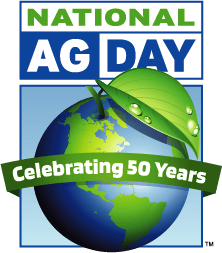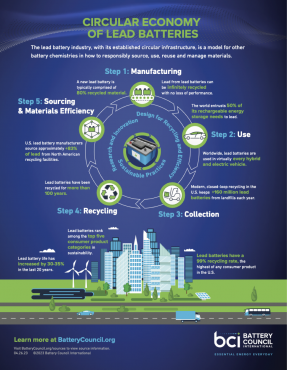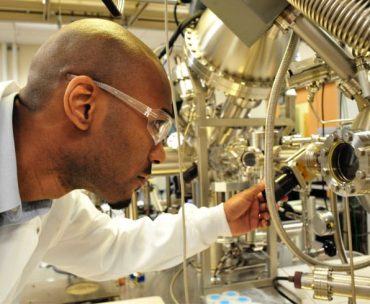 Tractor cultivating a field, courtesy of Association of Equipment Manufacturers.
Tractor cultivating a field, courtesy of Association of Equipment Manufacturers.A Brief Note
Every time we have a meal or pull our favorite shirt from the closet, it’s a time to thank a farmer for producing the food and fiber that feeds and clothes us. Since 1973, the Agriculture Council of America has set aside a day in March to formally appreciate the role agriculture plays in providing safe, abundant and affordable products. This year, Ag Day is March 21. We’re doing a Throwback Tuesday to last year’s post to also remind people how lead batteries support agriculture in the U.S. and around the world.
Agriculture and Lead Batteries Are Essential Every Day
Ag Day 2023 is March 21 across the U.S. The 50th anniversary of the special day is an especially “ripe” time to recognize – and celebrate – the contribution of agriculture to our everyday lives. Agriculture provides almost everything we eat, use and wear on a daily basis. The lead battery industry is proud to be the power behind the more than 2 million farm families who grow the food and fiber that keep us fed and clothed.

The Power behind the Farmer
Millions of pieces of mechanized farm equipment run on lead batteries. The most recent USDA Census of Agriculture reports over 340,000 combines and nearly 4.4 million tractors. And that’s just the beginning of where you’ll find essential lead batteries on the farm.
In addition to tractors and combines used to produce, manage and harvest row crops, lead batteries power livestock feeding systems, open automatic fence gates, and provide backup power for dairy equipment. Lead batteries also power the trucks, barges, trains and other vehicles used to transport crops to market and, ultimately, to grocers.
Lead Batteries Make Farmers More Productive
The mechanization of farming in the 20th century led to big changes in agriculture. Tractors, combines, harvesters and other farm machines help each farm produce more and allow fewer people to farm more land.
In the 1930s, one American farmer produced enough agricultural product to feed a total of four people. Today, each American farmer feeds more than 165 people, due to a combination of battery powered machinery and improved seeds and other crop practices. Farmers are proud to not only feed their families and fellow Americans, but to produce crops to export to the rest of the world – frequently, on container ships that operate on lead batteries.
A Shared Goal: Sustainability
Farmers are often referred to as the first environmentalists because they are entrusted to nurture the land that provides their livelihood. They incorporate practices like no-till, which help to preserve moisture and nutrients in the soil.
The lead batteries that power farmers’ equipment are part of the most successful circular and sustainable economy in the world. In fact, 99% of all used batteries, whether from a pickup truck, tractor or combine, are recycled. Lead battery recyclers process the used lead, plastic and electrolytes into raw materials to make new batteries. By recycling and reusing lead from batteries, 86% of U.S. lead demand for batteries is met by North American lead battery recycling. Lead is infinitely recyclable, and a new lead battery is typically comprised of 80% recycled material.
That means it’s possible that a farmer today has a tractor running on a lead battery “descended” from a grandpa’s tractor!
Reduce, Reuse and Recycle
Recycled lead batteries can be used again and again to power virtually any type of agricultural equipment that needs batteries. However, sustainability and innovative reuse doesn’t just stop there. East Penn Manufacturing Co., a leading battery manufacturer and recycler headquartered in Lyon Station, Penn., extends the meaning of reduce, reuse and recycle even further.
Through an innovative process, they capture recycling byproducts that might otherwise be neutralized, and instead reprocess them into a liquid nitrogen sulfur solution that is stored in large tanks. Thousands of tons of this solution are sold each year to agricultural fertilizer manufacturers for use as a raw material to help farmers keep their crops healthy. It’s a powerful example of how to turn a byproduct into a useful product that supports the agricultural industry.

Giving Thanks Every Day
Ag Day is a day to honor and celebrate the abundance provided by agriculture and the people behind it – farmers, ranchers, researchers and many more. Without question, we couldn’t survive without them who, in turn, couldn’t do what they do without lead batteries. So the next time you pull up to the table or pull on your favorite jeans, take a moment to give thanks, and not just on National Ag Day. Agriculture and batteries are essential every day.







